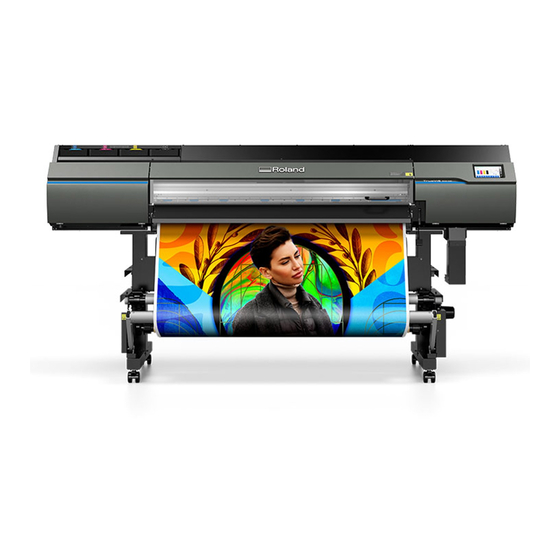
Roland TrueVIS SG3-540 Manuals
Manuals and User Guides for Roland TrueVIS SG3-540. We have 2 Roland TrueVIS SG3-540 manuals available for free PDF download: User Manual, Setup Manual
Advertisement

